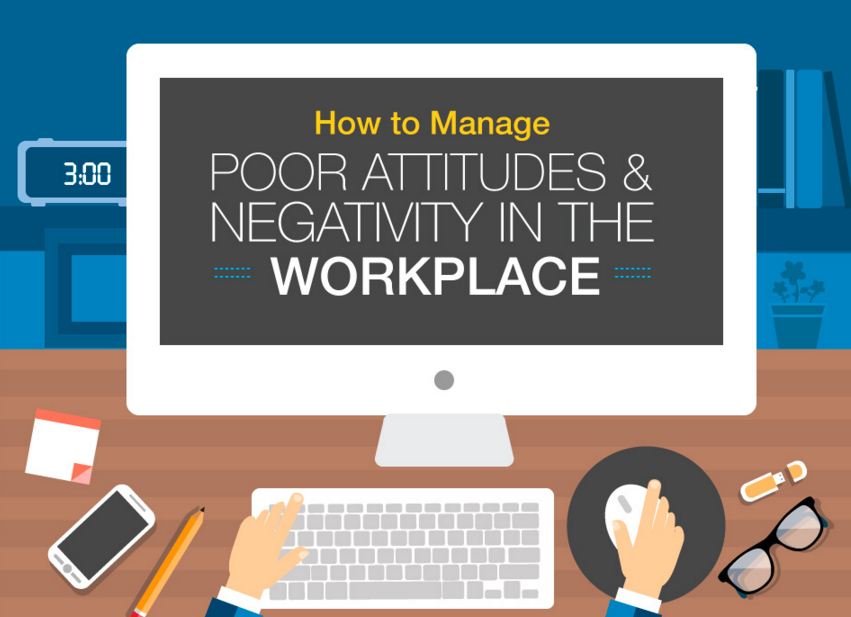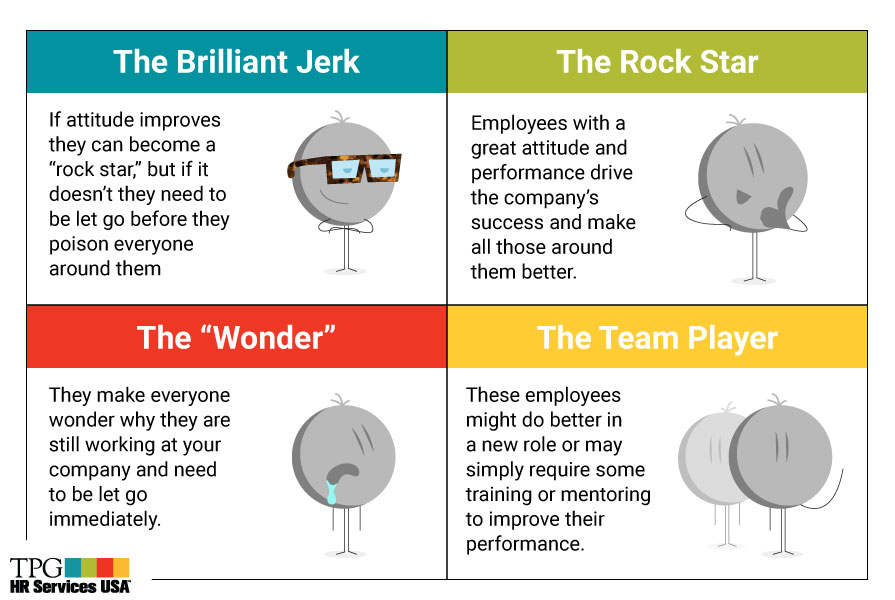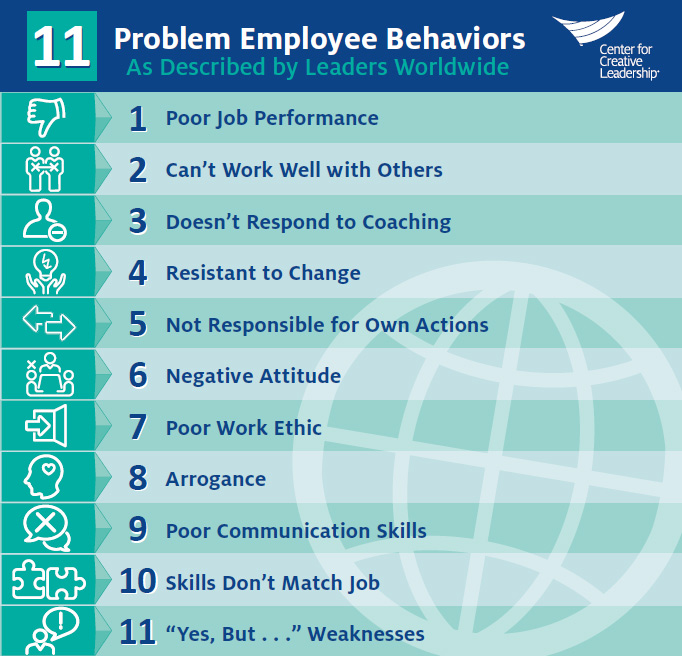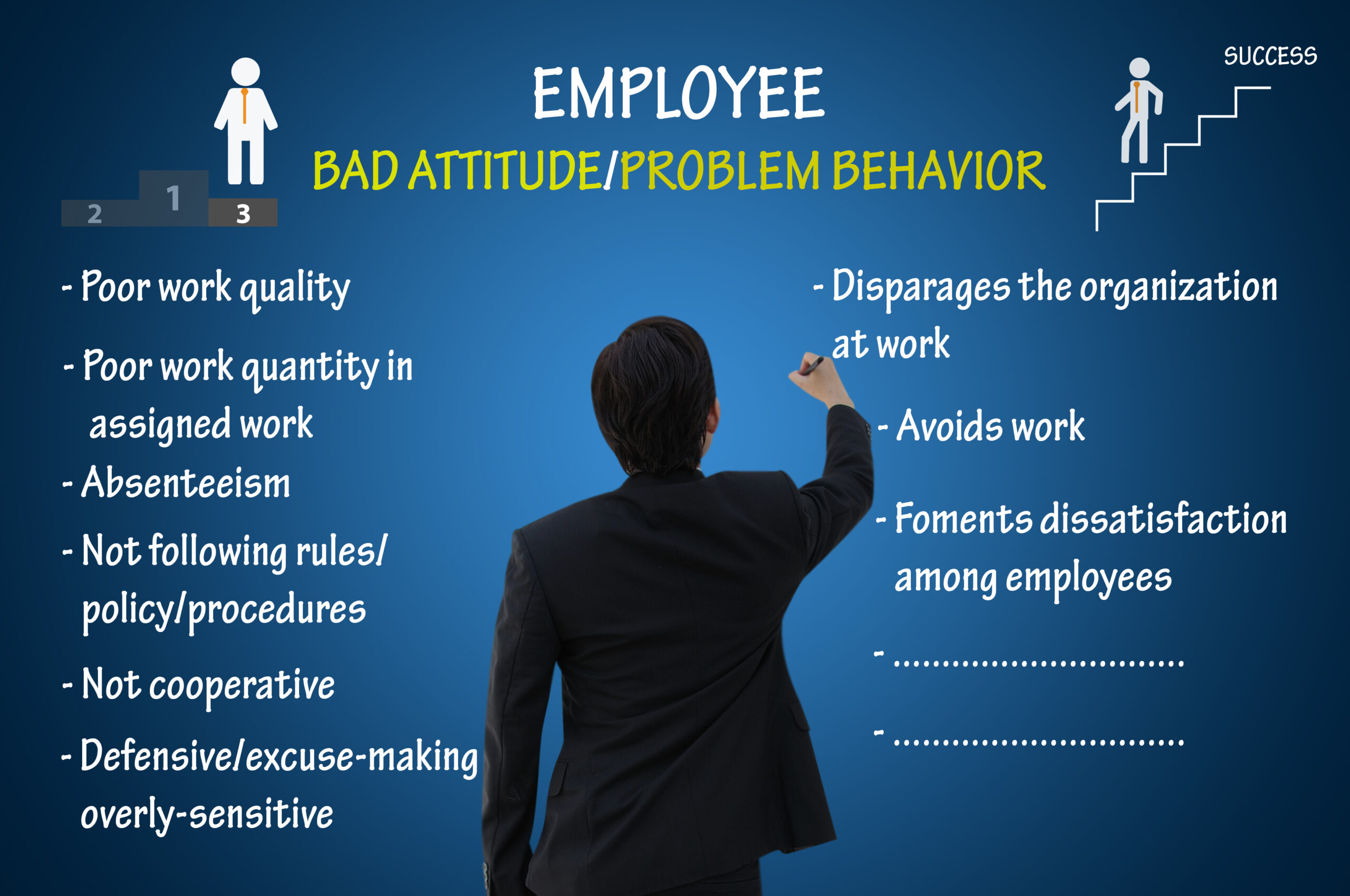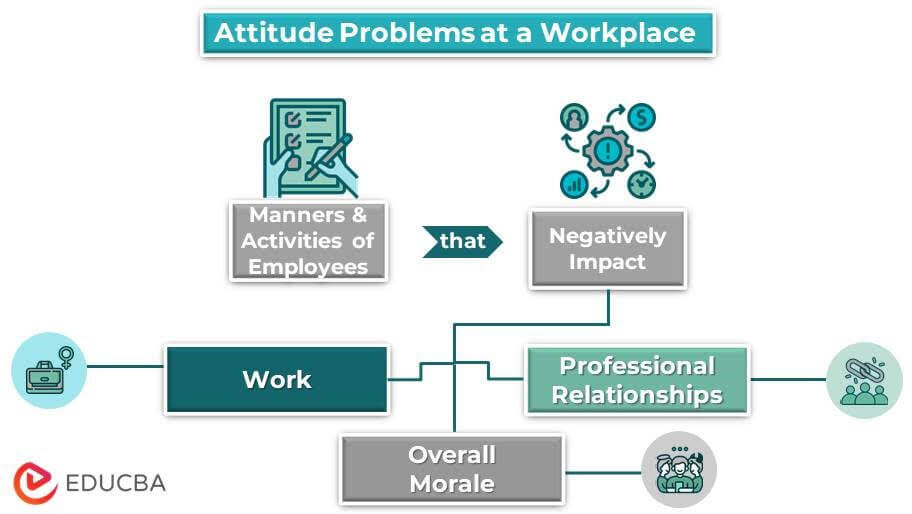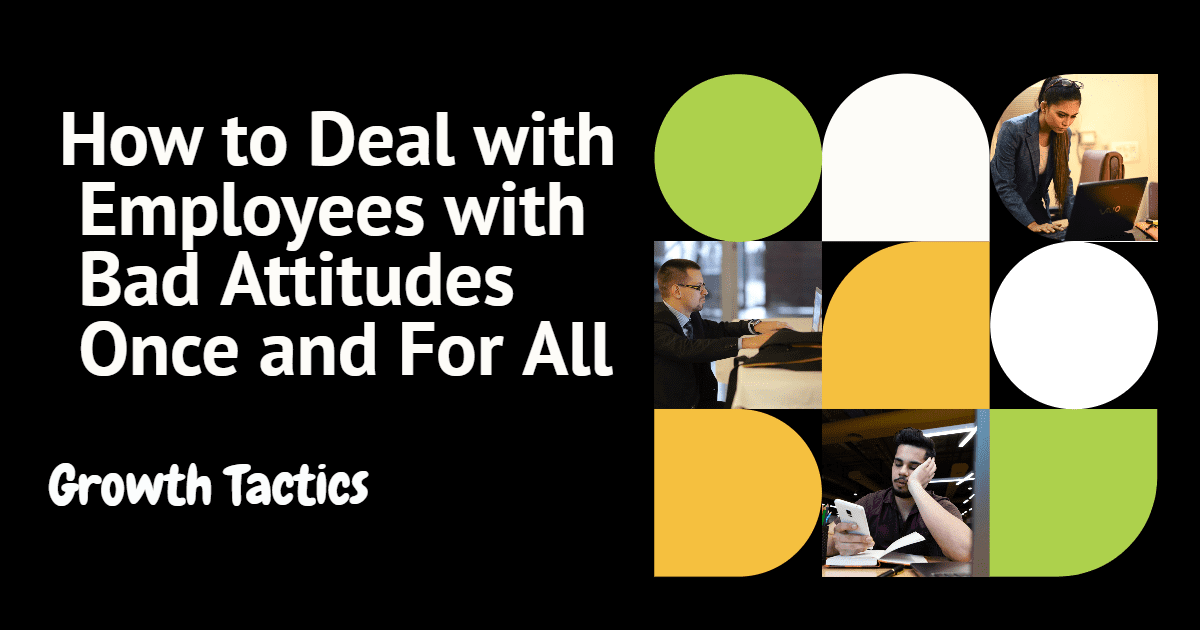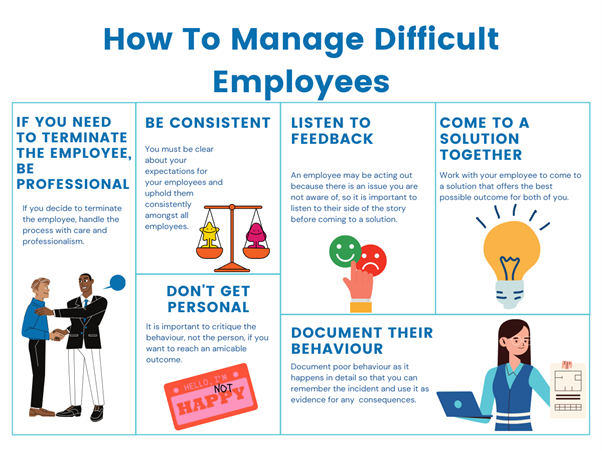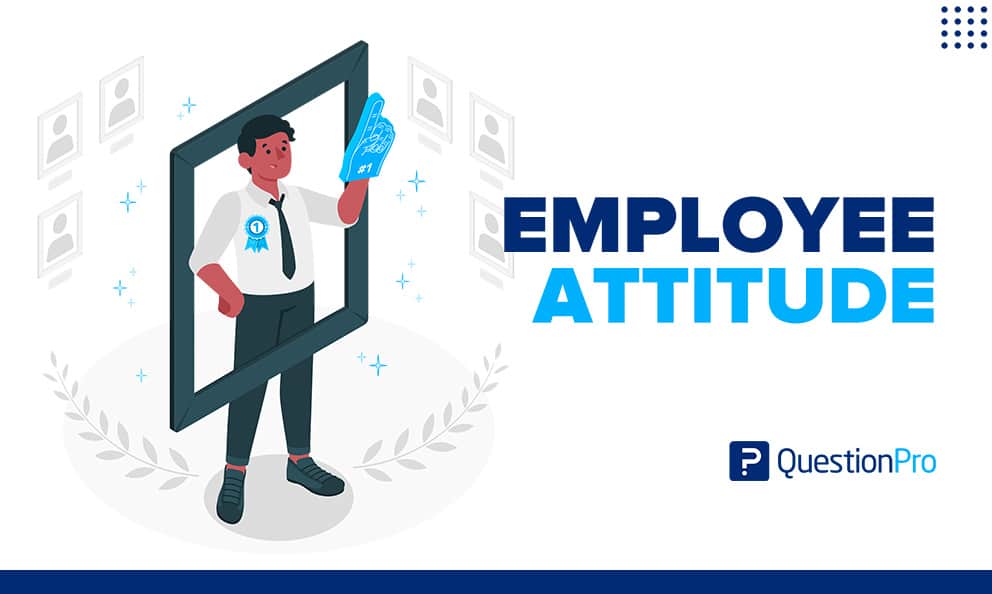How To Handle Attitude Problems Employee

A toxic work environment can cripple productivity, stifle innovation, and ultimately, damage a company’s bottom line. Often, the root cause can be traced back to a single source: an employee exhibiting persistent attitude problems.
Addressing these issues head-on is crucial, but requires a nuanced approach. Ignoring disruptive behavior isn't a viable option; it allows resentment to fester and can normalize negativity within the team.
This article explores how employers can effectively manage employee attitude problems, fostering a more positive and productive work environment. We'll delve into proactive strategies, communication techniques, and disciplinary actions, drawing upon expert advice and legal considerations to provide a comprehensive guide.
Understanding the Root Cause
Before initiating any corrective measures, it’s imperative to understand the reason behind the employee's negative attitude. Is it stemming from a personal issue, work-related stress, or a conflict with colleagues?
According to the Society for Human Resource Management (SHRM), common causes include lack of recognition, feeling undervalued, or experiencing burnout. Open communication is the key to uncovering these underlying factors.
A private, one-on-one conversation is the most effective way to approach the employee. The goal is not to accuse, but to understand. Asking open-ended questions such as "What challenges are you currently facing?" can encourage them to share their perspective.
Documenting the Problem
Thorough documentation is critical. This includes specific examples of the employee's behavior, dates, times, and any witnesses present.
Vague accusations like "He's always negative" are insufficient. Instead, document specific instances such as "On October 26th, during the team meeting, John interrupted Sarah multiple times and made dismissive comments about her ideas."
Maintaining detailed records not only protects the company legally but also provides concrete evidence for performance reviews and disciplinary actions. Legal experts recommend consulting with HR and legal counsel during this process.
Communication and Feedback
Clear, direct, and constructive feedback is essential. Focus on the behavior, not the person.
Use "I" statements to express the impact of their behavior. For example, instead of saying "You're always late," try "I feel frustrated when you're late because it disrupts the workflow."
Active listening is crucial. After providing feedback, allow the employee to respond and ask questions. Demonstrate empathy and a willingness to work together to find a solution.
Setting Clear Expectations and Consequences
Clearly define expectations for appropriate workplace behavior. These expectations should be outlined in the company's code of conduct or employee handbook.
Ensure the employee understands the consequences of continued negative behavior. This may include verbal warnings, written warnings, performance improvement plans, or, in severe cases, termination.
Consistency is key. Enforce the rules fairly and consistently across all employees. Favoritism or selective enforcement can lead to legal challenges and damage morale.
Performance Improvement Plans (PIPs)
A Performance Improvement Plan (PIP) is a formal document outlining specific areas where an employee needs to improve. It should include measurable goals, timelines, and resources to support the employee's success.
The PIP should be developed collaboratively with the employee, ensuring they understand the expectations and have an opportunity to provide input.
Regular check-ins and feedback sessions should be scheduled throughout the PIP period to monitor progress and provide support. According to Harvard Business Review, a well-structured PIP can significantly improve employee performance and address attitude problems.
Disciplinary Actions and Termination
If verbal warnings, written warnings, and PIPs fail to improve the employee's behavior, disciplinary actions may be necessary. This could include suspension or, as a last resort, termination.
Before terminating an employee, consult with HR and legal counsel to ensure compliance with all applicable laws and regulations. Document all steps taken to address the employee's performance issues.
Termination should be handled with sensitivity and professionalism, respecting the employee's dignity and privacy.
Proactive Strategies for Prevention
Preventing attitude problems is more effective than reacting to them. Implementing proactive strategies can create a more positive and supportive work environment.
This includes fostering open communication, providing regular feedback, recognizing employee achievements, and promoting work-life balance. Conducting regular employee surveys can also help identify potential issues before they escalate.
Investing in employee training and development can also improve morale and equip employees with the skills they need to succeed. This includes conflict resolution, communication skills, and stress management techniques.
Moving Forward: A Culture of Positivity
Addressing employee attitude problems is an ongoing process. It requires a commitment from leadership to foster a culture of positivity, respect, and open communication.
By understanding the root causes of negative behavior, providing clear feedback, and implementing proactive strategies, companies can create a work environment where employees feel valued, supported, and motivated to contribute their best. Ultimately, a positive work environment benefits both employees and the organization as a whole.
By embracing these principles, businesses can transform challenging situations into opportunities for growth and development, creating a more engaged and productive workforce. This approach fosters a sustainable, positive environment where employees thrive, contributing to the overall success of the organization.

